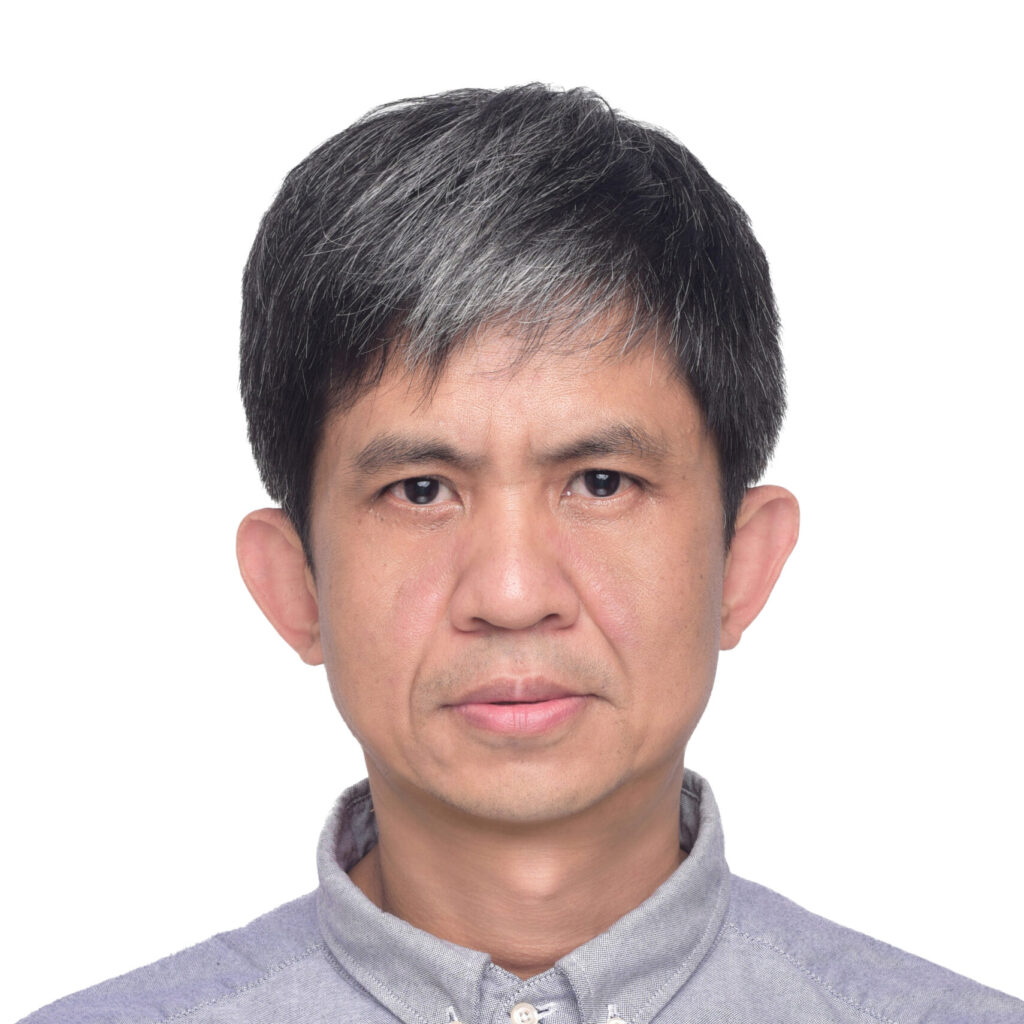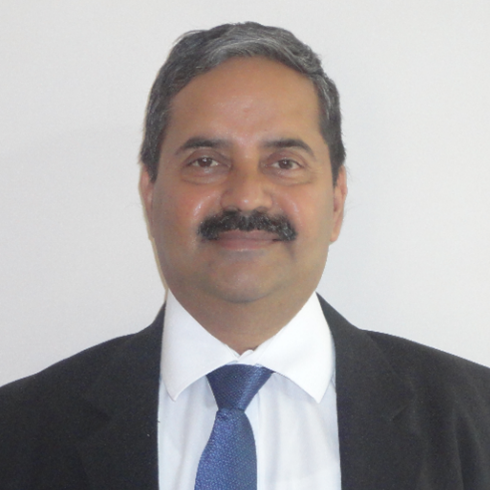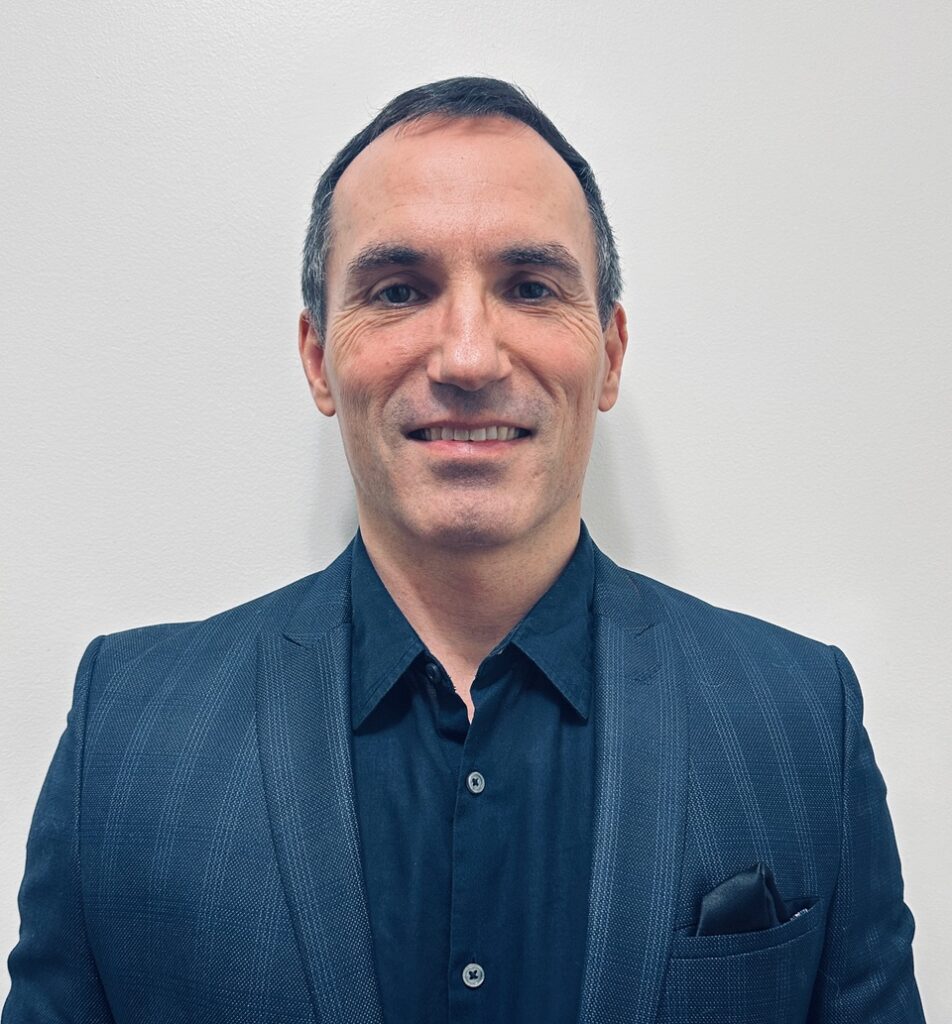 Dear Members of the IGS,
Dear Members of the IGS,
The big audacious goal that the IGS Council adopted during the 2010 strategy meeting in Guarujá, Brazil, is “That geosynthetics become indispensable to the point that they are regularly included in engineering curricula and relevant design standards.” With this long-term goal in mind, a specific objective established for the IGS 4 year-plan is to “Begin our efforts to increase geosynthetic education at the undergrad level.”
I am pleased to report that these efforts are now being initiated with a pilot program that addresses the educational needs in the country of one of our youngest chapters: Argentina. Specifically, the “Educate the Educator” (indeed, “Educando al Educador,” as the course will be in Spanish) will take place in Villa Carlos Paz, Argentina, from May 26 to 28, 2013. This is a good example of a joint effort between an IGS Chapter (IGS-Argentina in this case)and the IGS (through its Pan-American Activities and Education Committees). The focus of this program is on undergraduate education with the overall goal that every civil engineering student graduating from a civil engineering program in Argentina will have received a basic exposure to geosynthetics. Yes, the goal is perhaps a simple, one hour-long exposure class, but offered to every single civil engineering undergraduate student in the country. As part of this effort, 30 civil engineering professors will receive a fellowship that will cover expenses to participate in a premier training program on geosynthetics. This pilot program will benefit from the involvement of the Argentinean Council on Civil Engineering Curriculum (CODIC), an agency that has encouraged the development of this educational program.
A terrific precedent of training civil engineering professors exists with a training program that was previously implemented in North America over fifteen years ago. The program was masterfully led by Prof. David Elton during five consecutive years (1994–1998). Each year, 25 professors were competitively selected to participate in the courses, conducted at Auburn University (USA). Attendees had only to arrange their travel to and from Auburn. Meals, housing, and handouts were all provided to participants. The format of the Professor Training Course for Geosynthetics included lectures by well known professors who reviewed extensive class notes prepared as handouts for the course. The lectures covered polymers, manufacturing, erosion control, steepened slopes, landfills, mechanically stabilized backfill, pavement applications, embankments over soft ground, and filtration and drainage (Elton 1996). The concept of “modular notes” was used, in which the notes were broken into many stand-alone parts. In this way, different components of the course could be easily integrated geosynthetics material into existing courses.
After over 15 years since the excellent experience in North America, education on geosynthetics at the undergraduate level still remains a current, worldwide need. The IGS is not alone in recognizing this important need. Indeed, the Geosynthetic Institute (GSI), with its major educational arsenal on geosynthetics, and the Geosynthetic Materials Association (GMA), with its capability of mobilizing the geosynthetics industry, are equally engaged in promoting basic geosynthetic education. The opportunity exists for significant synergism in this undergraduate educational effort.
I encourage IGS Chapters to consider leading an “Educate the Educator” initiative in your country, as this is at the cornerstone of the IGS goals. The IGS is ready to allocate resources and provide logistic support. Feel free to contact us for additional information on how the IGS can help with materializing this important educational initiative in your country. Undergraduate students in every civil engineering program deserve to receive a basic exposure to the types, functions, and applications of geosynthetics.
All best regards,

IGS President
tel: +1(512) 232 3595
e-mail: zornberg@mail.utexas.edu
Skype ID: jorgezor
Web site: www.ce.utexas.edu/prof/zornberg/






















